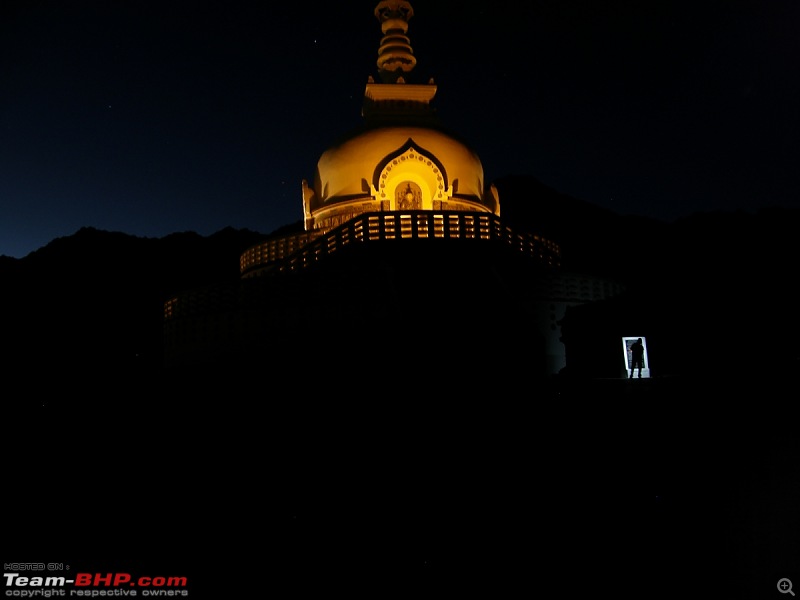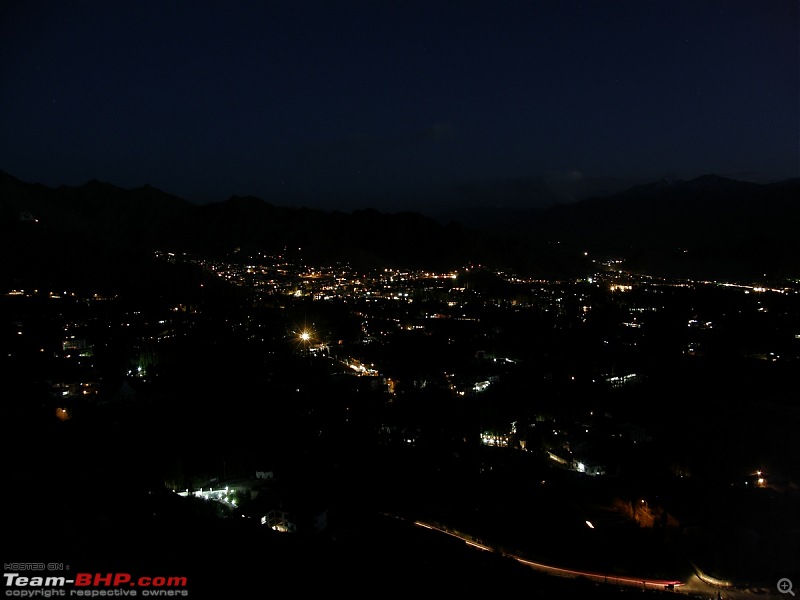| | #271 |
| Senior - BHPian | |
| |
| |
| | #272 |
| Senior - BHPian Join Date: Jul 2007 Location: Mysuru
Posts: 1,763
Thanked: 1,283 Times
| |
| |
| | #273 |
| Team-BHP Support  | |
| |
| | #274 |
| Senior - BHPian Join Date: Aug 2009 Location: Navi Mumbai
Posts: 1,110
Thanked: 656 Times
| |
| |
| | #275 |
| Senior - BHPian | |
| |
| | #276 |
| Senior - BHPian Join Date: Jul 2008 Location: Jaipur
Posts: 1,194
Thanked: 1,247 Times
| |
| |
| | #277 |
| Team-BHP Support  | |
| |
| | #278 |
| Senior - BHPian | |
| |
| | #279 |
| Team-BHP Support  | |
| |
| | #280 |
| Senior - BHPian Join Date: Aug 2009 Location: Navi Mumbai
Posts: 1,110
Thanked: 656 Times
| |
| |
| | #281 |
| Team-BHP Support  | |
| |
| |
| | #282 |
| Senior - BHPian Join Date: Aug 2009 Location: Navi Mumbai
Posts: 1,110
Thanked: 656 Times
| |
| |
| | #283 |
| BHPian | |
| |
| | #284 |
| Team-BHP Support  | |
| |
| | #285 |
| Senior - BHPian | |
| |
 |
Most Viewed



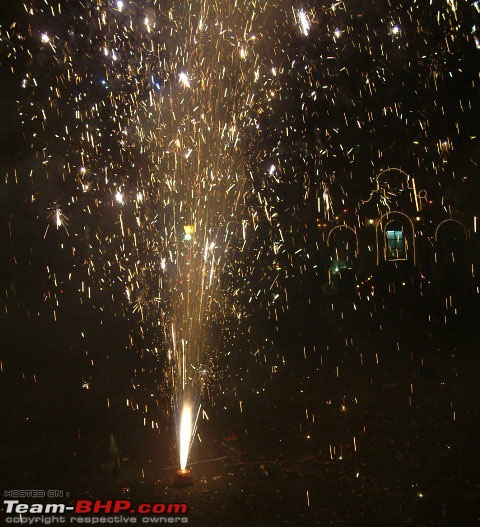
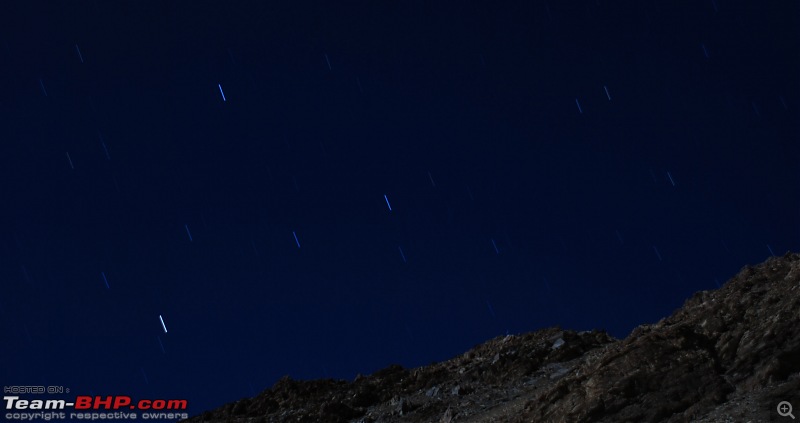



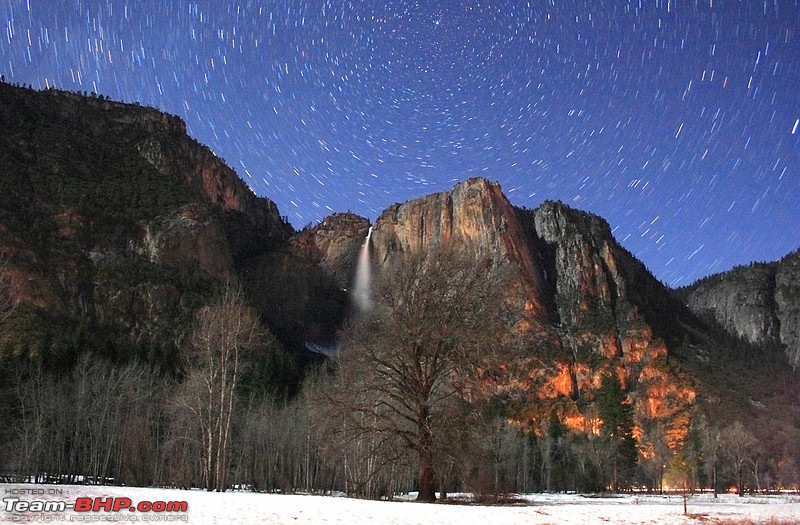
 I hope I am right.
I hope I am right.